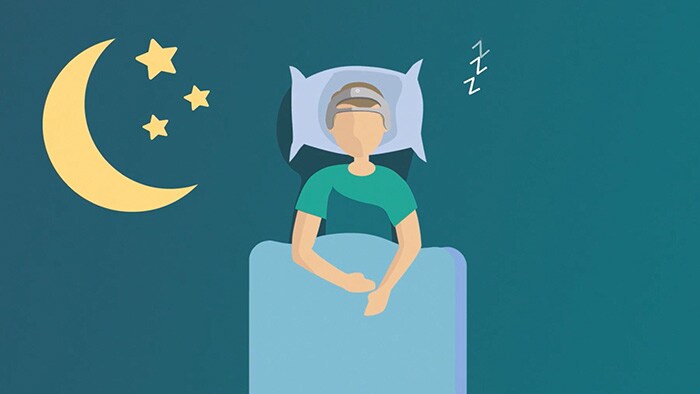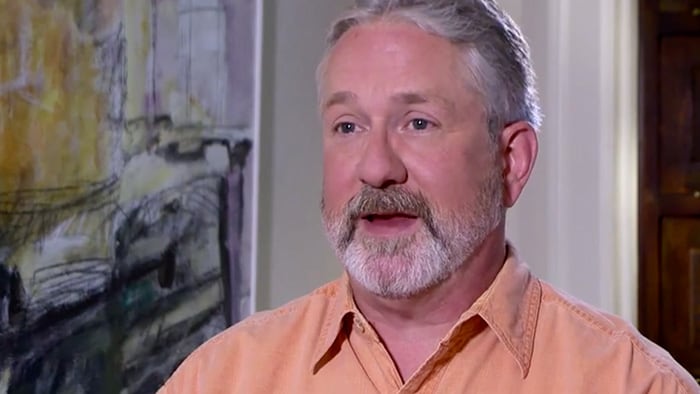What is sleep apnoea?
Sleep apnoea is a common sleep disorder charactarised by repeated interruptions in breathing throughout the sleep cycle. These interruptions, called apnoeas, are caused by the collapse of soft tissue in the airway, which prevents oxygen from reaching the lungs.
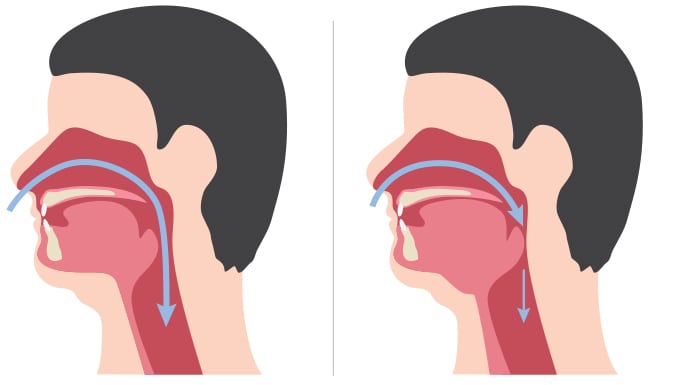
Non-obstructed airway Obstructed airway
Weak muscles in the airway, a large tongue, obesity and other factors may cause airway tissue to collapse and obstruct breathing.
You’re not alone
About 10% of the adult population in the world suffers from sleep apnoea, and about 90% of them have not been diagnosed.1 And about 80% of Australians affected by sleep apnoea are undiagnosed.1 That’s significant because sleep apnoea is a serious condition. Sleep apnoea disrupts the sleep cycle and can dramatically impact energy, mental performance and long-term health. Sleep apnoea can have serious short and long-term health risks if left untreated. It can be hard to take the first steps into finding out if you have sleep apnoea. We are here to help.
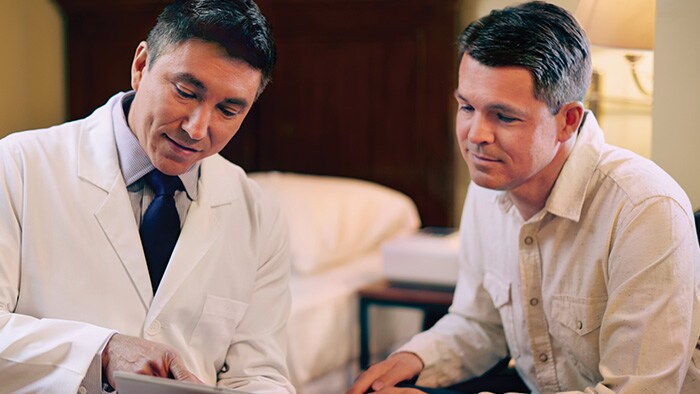
Find out if you have symptoms of sleep apnoea
Snoring could be more than annoying – it could be a danger to your health. Take our 9-question quiz to find out if you’re at risk.
Sleep apnoea symptoms and risks
Untreated sleep apnoea is associated with a number of health risks, so it’s important to consult a sleep specialist if you have these signs and symptoms.

Nighttime symptoms

Daytime symptoms
About 80%
of Australians affected by sleep apnoea are undiagnosed.*

*Young T, et al. Epidemiology of obstructive sleep apnea: a population health perspective. AJRCCM 2002;165:1217-1239.
What are the risks of untreated sleep apnoea?
Driving- and work-related accidents.
Sleep apnoea can have serious short- and long-term health risks if left untreated, including:
How do I get diagnosed?
If you think you have sleep apnoea, it’s important to find out for sure so that you can begin treatment and start enjoying the benefits of better sleep and a healthier life.

Take the symptoms quiz to determine if you are having symptoms of sleep apnoea. Print out your results to take to your doctor or talk to your pharmacy about a home sleep test (no doctor referral required) – Find your store (link to https://www.pharmacysleepservices.com.au/homepage/find-a-store.html)

Discuss your sleep apnoea risk test results with your doctor or healthcare professional, who will likely help you schedule a sleep study.

Look into sleep testing options, including asking your doctor or healthcare professional whether your health condition allows for in-home sleep testing.

If you are diagnosed, learn more about the Philips Dream Family of sleep apnoea products to see which is right for you.

Myth: I don’t think I will be comfortable sleeping in a sleep lab.

Fact: Though many people have this fear, most are able to fall asleep in the sleep lab.
By Teofilo Lee-Chiong, MD, chief medical liaison, Philips Healthcare Solutions


Talk to your pharmacy about a home sleep test
No doctor referral required, get tested straight away.
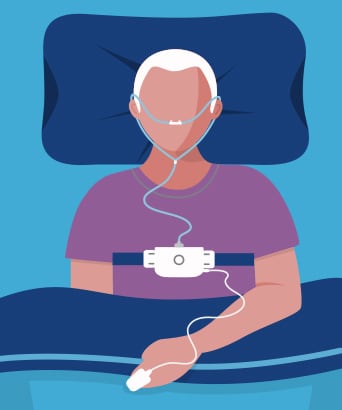
Sleep studies 101
Getting diagnosed: personal experiences Hear from people who took the leap and met the challenges involved in getting diagnosed. Watch now
What is AHI?
The Apnoea Hypopnea Index (AHI) is the most important number on your sleep apnoea test. It measures the number of times you have an apnoea (when you stop breathing for short time) or a hypopnea (when you partially stop breathing for a short time) while you’re asleep. Read an example of a sleep study test result, showing AHI and other measurements used during a sleep study.
Frequently asked questions
- What is obstructive sleep apnoea?
-
Obstructive sleep apnoea is a condition in which a person stops breathing repeatedly through the night. Breathing stops because the throat or “airway” collapses and prevents air from getting into the lungs. Sleep patterns are disrupted, resulting in excessive sleepiness or fatigue during the day.
- What causes the airway to close during sleep?
-
- Extra tissue in the back of the airway, such as large tonsils
- Decrease in the tone of the muscles that hold the airway open
- The tongue falling back and closing off the airway
- What should you do if you think you may have sleep apnoea?
-
Evaluation by a doctor specializing in sleep disorders is recommended. Have a sleep study done. A sleep study can provide the doctor with information about how you sleep and breathe. This information will help the doctor to determine your diagnosis and treatment options.
- What are the risks of untreated sleep apnoea?
-
Sleep apnoea can have serious short- and long-term health risks if left untreated, including:
- High blood pressure
- Irregular heartbeat
- Heart disease / heart attack
- Stroke
- Type 2 diabetes
- Driving- and work-related accidents
- What is the treatment for sleep apnoea?
-
Most commonly, positive airway pressure (PAP) therapy is the treatment. It is noninvasive and can help with symptoms when used as prescribed. Less commonly, surgery or oral appliances are used, which may be effective in certain cases. Any treatment plan should include weight loss if needed, exercise and avoiding alcohol, sedatives and hypnotics.
- How does PAP or CPAP therapy work?
-
CPAP (Continuous Positive Airway Pressure) provides a gentle flow of positive-pressure air through a facial mask to keep the airway open during sleep. As a result:
- Breathing becomes regular during sleep
- Snoring stops
- Restful sleep is restored
- Quality of life is improved
- Risk for high blood pressure, heart disease, heart attack, stroke and motor vehicle and work accidents are reduced
- What are the nighttime symptoms of sleep apnoea?
-
- Loud or disruptive snoring
- Witnessed pauses in breathing
- Choking or gasping for air during sleep
- Restless sleep
- Frequent visits to the bathroom
- What are the daytime symptoms of sleep apnoea?
-
- Early morning headaches
- Excessive daytime fatigue
- Poor concentration
- Depression or irritability
- Falling asleep during routine activities
- What can put you at increased risk for sleep apnoea?
-
- Overweight/obesity
- A large neck or tongue
- Extra tissue or crowding in the airway
- What does an apnoea episode look like?
- What are the benefits of regular usage of PAP therapy?
-
Most PAP users who remain committed to treatment enjoy:
- Increased energy and attentiveness
- Fewer morning headaches
- Reduced irritability
- Improved memory
- Increased ability to exercise
- Lower blood pressure
- Decreased risk of strokes and heart attacks
- Increased effectiveness at home and at work
- Improved overall quality of life

Are you a sleep professional?
References For informational purposes only, not to replace physician's directions.
ALWAYS FOLLOW THE DIRECTIONS FOR USE.
